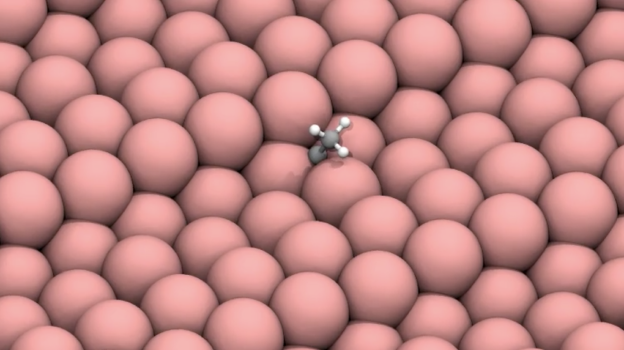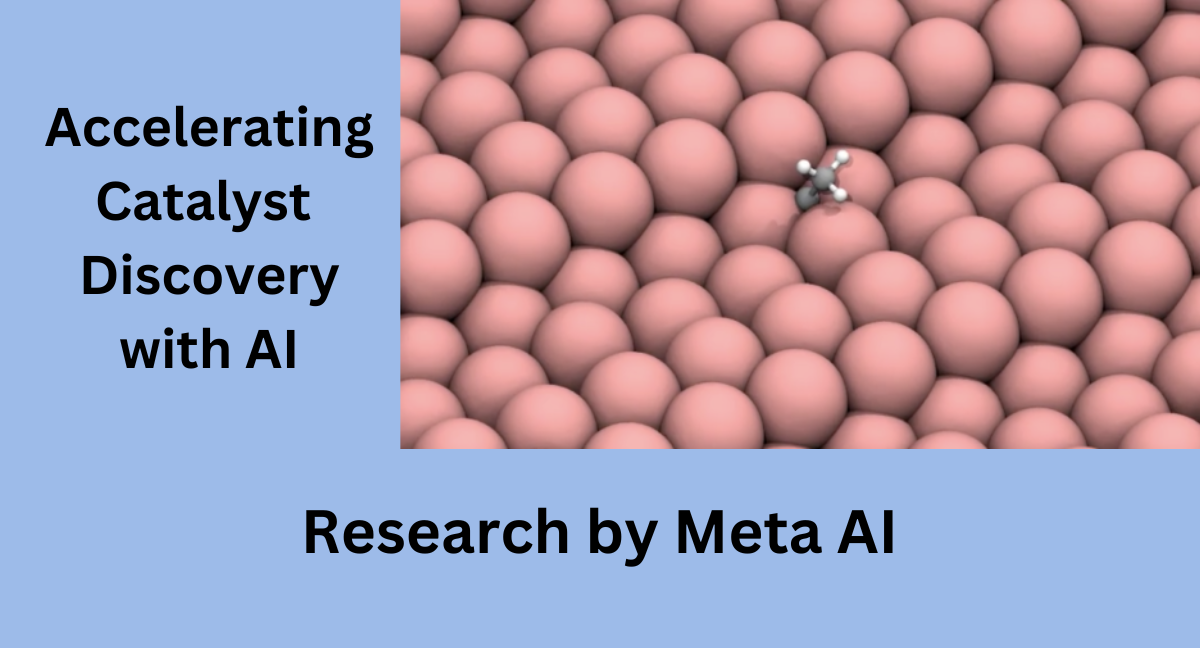In the quest to combat climate change and transition to renewable energy, catalysts have taken on a crucial role, enabling the conversion of sustainable energy sources like solar and wind into efficient and storable fuels. However, traditional methods of catalyst discovery have been slow and arduous, relying on physical experiments or complex simulations.
Enter the Open Catalyst Project (OCP), a collaboration between Meta AI's Fundamental AI Research (FAIR) and Carnegie Mellon University's Department of Chemical Engineering. Their mission is to harness the incredible potential of machine learning (ML) to accelerate the search for affordable catalysts that can drive vital reactions.
The OCP showcases a remarkable demo, allowing researchers to explore optimal binding sites for adsorbate molecules on catalyst surfaces. By providing both adsorption energy and corresponding structures, this demo empowers material designers to create catalysts with specific properties, including CO2 reduction reactions and green hydrogen generation.
How does it work?
The demo employs state-of-the-art graph neural networks developed on vast datasets like GemNet-OC and EquiformerV2, enabling fast and precise energy and force predictions. These predictions drive structure relaxations at speeds orders of magnitude faster than conventional Density Functional Theory (DFT) simulations.
The OCP supports a staggering 11,427 catalyst materials and 86 adsorbates, enabling computational exploration of approximately 100 million surface-adsorbate combinations! Considering around 100 starting configurations for each combination, this results in a jaw-dropping ~10 billion structure relaxations. Such a scale of exploration was virtually impossible with DFT, where a single relaxation could take hours to days on a GPU.
Excited by the potential of this AI-powered catalyst discovery, researchers worldwide are eager to dive into the demo and explore new materials for diverse applications. The ocp repo makes it accessible, with model weights and training/inference code available for use.
However, while these ML models are state-of-the-art, there's still a slight gap compared to DFT's underlying quantum simulations. Furthermore, the demo's approach, while efficient, is not guaranteed to find the global minimum energy for adsorption. It serves as a powerful proxy, but researchers are encouraged to verify the results with a DFT single-point calculation.
As with any technological advancement, it's essential to be mindful of potential consequences. Catalysis, though vital for renewable energy, requires responsible research to avoid unintended environmental impacts. Lessons from history, like the Haber-Bosch process, underscore the importance of steering research towards positive use-cases.
For the uninitiated, the blog offers a succinct introduction to catalysts, bulk structures, surfaces, and adsorbates. Catalysts facilitate chemical reactions without being consumed, operating as molecules interact with catalyst surfaces derived from bulk crystal structures.
Why does Meta AI care about catalysis?
It's the key to achieving net-zero carbon emissions and decarbonizing the world. Catalysis is integral to various technologies, from catalytic converters in cars to renewable hydrogen production and carbon capture systems.
Moreover, Meta AI's FAIR aims to push the boundaries of AI/ML applications in various domains, including chemistry. The core models powering the OCP leverage graph neural networks, a cutting-edge area of AI research.
The icing on the cake is that the demo is available free of charge as a shared resource for the research community. So, whether you're a seasoned catalyst researcher or new to the field, the blog guides you through the process of using the demo effectively.
This revolutionary AI-driven catalyst discovery brings us closer to a greener and more sustainable future. With the potential to design catalysts for various chemical reactions, it promises to reshape industries, ushering in an era of efficient and eco-friendly processes. The future of catalysis is brighter than ever before, thanks to the remarkable convergence of AI and science!

We research, curate and publish daily updates from the field of AI. Paid subscription gives you access to paid articles, a platform to build your own generative AI tools, invitations to closed events and open-source tools.
Consider becoming a paying subscriber to get the latest!









